
Building a website might feel overwhelming, especially if you're a startup owner, entrepreneur, or small business owner without much technical know-how. But hey, no worries! This guide is here to help you every step of the way 😉.
Introduction
First, let's discuss the distinction between a landing page and a website:
A landing page is a standalone webpage designed specifically for a marketing or advertising campaign, emphasizing a single call to action (CTA), such as subscribing to a newsletter or making a purchase. In contrast, a website consists of multiple interconnected pages under a single domain name. It serves as your business's digital storefront, showcasing various content like about pages, product details, contact information, blogs, and more.
Think of a landing page as a specialized sales booth at a fair or conference, designed to grab attention and encourage visitors to take a specific action, like signing up or buying a product.
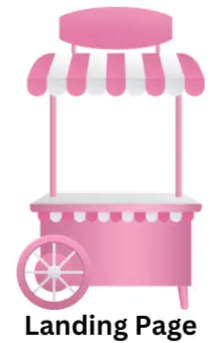
A website is like an entire store, showcasing various products and information across multiple aisles (or pages), allowing customers to explore everything your business has to offer.
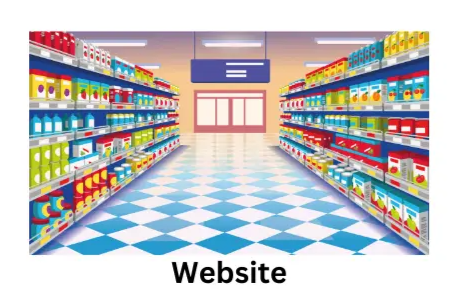
Where to Buy Your Custom Domain
A custom domain is essential for branding and credibility. It makes your website look professional and trustworthy. Here are some popular domain registrars where you can buy your custom domain:
- GoDaddy: Known for its affordable pricing and wide range of domain extensions.
- Namecheap: Offers competitive prices and free WHOIS privacy protection.
- Squarespace Domains: Provides straightforward domain purchasing and integrates with their website builder.
Tips for Choosing a Domain Name:
- Keep it short and memorable.
- Avoid numbers and hyphens.
- Make sure it's easy to spell.
How to setup your Domain
If you want an easy guide on setting up your domain, check out this blog post.
Understanding CMS and Its Importance for SEO
A Content Management System (CMS) is a tool that makes it easy to create, manage, and update content on your website. If you're looking to attract organic search visitors to your website through SEO, you'll eventually want to consider using a CMS to upload your content. When you're picking a website builder, it’s super important to check if it comes with a content management system (CMS) or if you can add one later for blogging. Not all website builders offer a CMS, so it's a good idea to double-check this before making your choice!
Why You Need a CMS for SEO:
- Content Organization: Helps in structuring your content, making it easier for search engines to crawl and index.
- SEO Tools: Many CMS platforms offer built-in SEO tools to help you optimize your content.
- Content Marketing: Using a CMS makes it easy to create content that builds your brand's credibility over time.
Popular CMS platforms include:
- WordPress: Highly customizable with numerous plugins and themes.
- Webflow: Ideal for designers due to its visual drag-and-drop interface.
- Notion + Super.so: If you know how to use Notion, you can easily combine it with Super.so to set up a CMS in just a few minutes.
Providers and Their Pricing
Here are some popular website providers, their features, and pricing:
Carrd.co
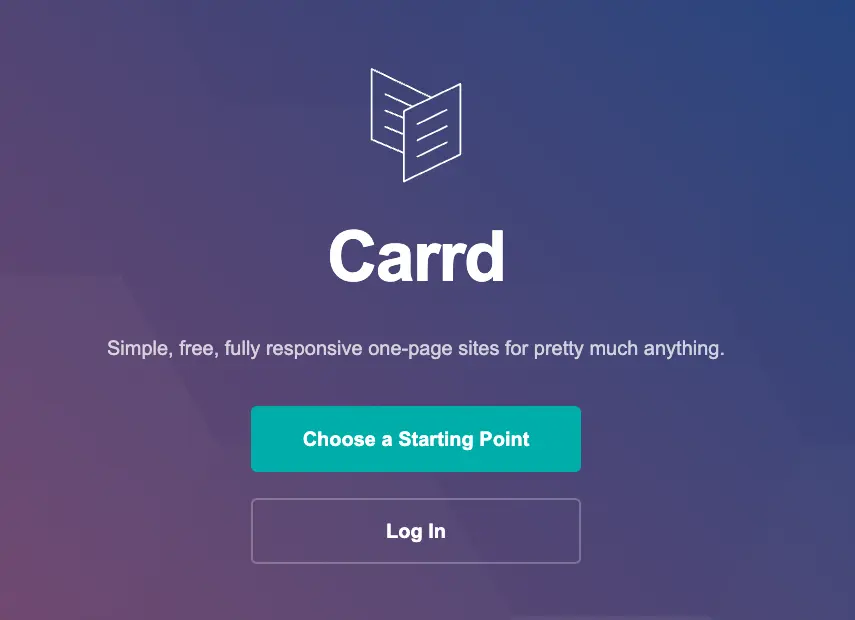
- Features: Simple, fully responsive one-page sites. Carrd is mainly known as a one-page website builder. People often see it as a simple solution for creating landing pages, but it does not offer a content management system (CMS). I’ve created a basic guide for beginners on how to use Carrd and find free resources.
- Pricing: You can use the basic features for free, and if you’re looking for more like using your own domain, the Pro plan starts at just $19 a year!
- Coffee cup metric: You’ll need ☕️☕️ cups of coffee to get started
Webflow
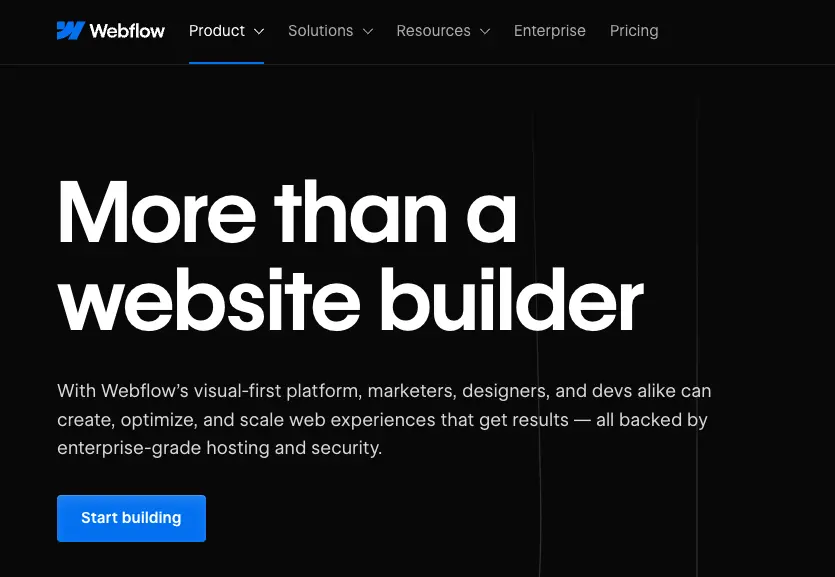
- Features: Advanced design capabilities, CMS, e-commerce support.
- Pricing: It starts at $12 a month for basic sites!
- Coffee Cup Metric: Expect to consume ☕️☕️☕️☕️ or more cups of coffee, as there is a significant learning curve involved.
WordPress
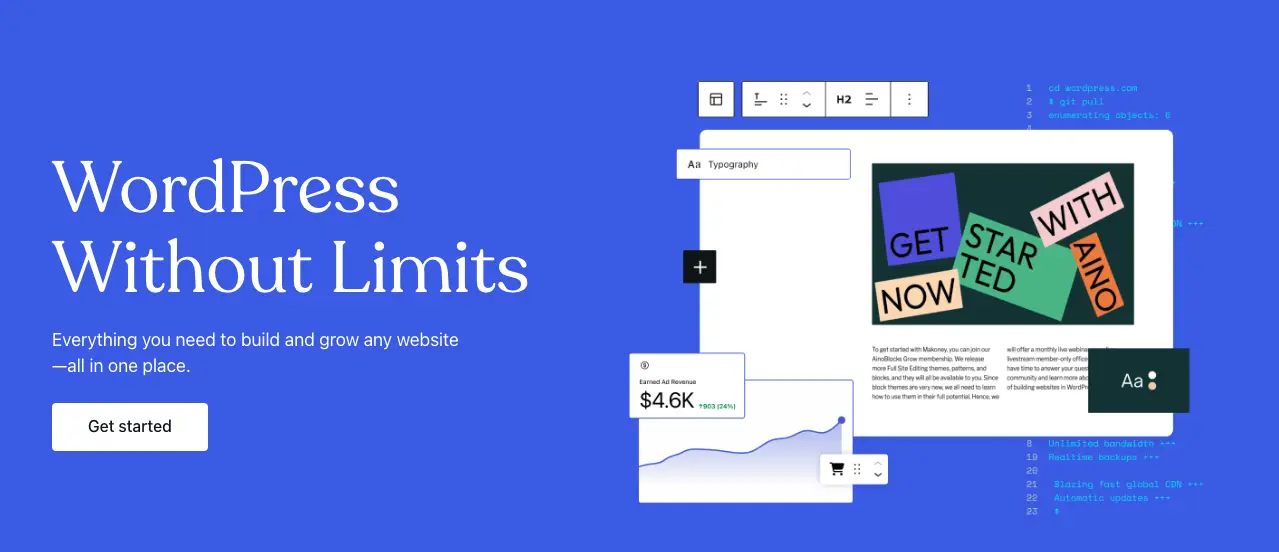
- Features: Highly customizable, extensive plugin library.
- Pricing: Free for basic features, premium plans start at $4/month.
- Coffee Cup Metric: At least ☕️☕️☕️ cups of coffee. Additionally, there's a slight learning curve when it comes to using WordPress.
Super.so

- Features: Converts Notion pages into websites, SEO optimization, instant page loads.
- Pricing: Free for basic features, premium plans start at $16/site/month
- Coffee Cup Metric: If you're already familiar with Notion, you can set up a basic website in just a few minutes—about the time it takes to drink ☕️ cup of coffee. If you're new to Notion (which is quite easy to learn, by the way), you might need around ☕️☕️ cups of coffee to get started.
Freelancers and Agencies
During my first startup experience, I faced challenges in building a website from scratch. At the time, I was unfamiliar with platforms like WordPress and Webflow, so I decided to outsource the task to freelancers. Unfortunately, my initial experience with freelancers was disappointing. I must admit, I bear some responsibility for this, as clients often struggle to articulate exactly what they want in terms of design and color from the outset.
Freelancers and agencies can quickly become expensive. Many of the providers I worked with required me to add collaborators, which led to increased subscription costs—especially problematic for side projects with limited budgets. Additionally, my lack of familiarity with Webflow (which I used at that time) meant I always had to rely on the agency for adjustments, incurring extra costs every time I needed changes made, as I had to 'top up' my account for their work.
While this process isn't inherently flawed, it can escalate in expense and lead to delays, as freelancers and agencies have limited availability. If you're considering outsourcing website development, I recommend conducting thorough research. Review their portfolios and, if possible, ask for client references. Also, ask about about their pricing structure and available payment options.
For beginners, it's wise to choose a user-friendly website builder that you feel comfortable with to keep costs manageable. Take your time with this process; there's no need to rush.
My Last Two Cents
Building your own website doesn’t have to be a hassle or cost a fortune. With the right tools and a few simple steps from this guide, you can have a polished website up and running in no time! First things first, grab a custom domain that really shows off your brand! Next, pick a CMS (if you do need one) that suits your needs and budget. And don’t forget to check out the pros and cons of different website providers to find the perfect match for your business! As a final piece of advice, remember that when you first start building your website, it's never truly finished—similar to the ever-evolving nature of fashion. A website is a dynamic entity that constantly undergoes iterations and changes. When you launch, it's normal to have no visitors initially, so there's no need to stress about achieving perfection right away. Ultimately, most people won’t notice the small details, so don't worry too much 😉.